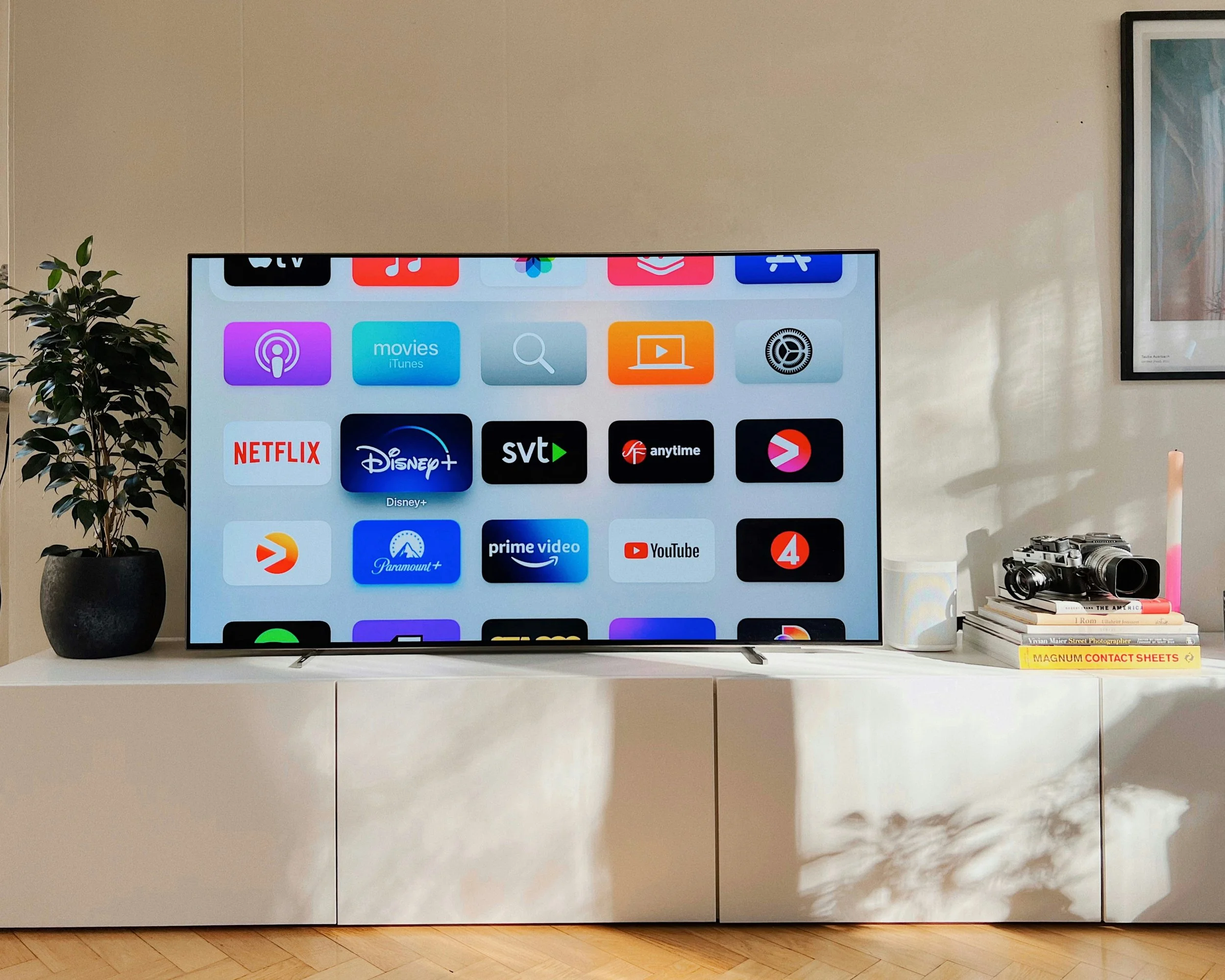Streaming Has Taken Over - Let’s Download
The numbers are in. Streaming has officially overtaken broadcast and cable combined, now accounting for 44.8% of all U.S. TV usage vs. 20% for broadcast and 24% for cable according to Nielsen. This isn’t just a media shift—it’s a call to evolve our strategies. For public affairs professionals, this shift presents opportunities.
The Opportunities:
Smarter Targeting, Better Efficiency
Streaming platforms offer advertisers a level of targeting that isn’t possible on traditional TV. With Connected TV (CTV), you can reach audiences by geography, historical location, device, behavior, and content interest—everything once limited to digital is now unlocked for TV.
That means you're not blanketing a region—you’re talking directly to the people who matter, repeatedly and efficiently. Thankfully, we already approach media buying with this precision: focused to the decision makers, not wasting client dollars on broad strokes.
It’s Not Apples to Apples—And That’s a Good Thing
The way you buy ads on streaming is fundamentally different. No more guessing what shows your audience watches and purchasing time slots - you’re buying impressions by the thousands to your audience. Some basics to know:
You often pay more per impression, but you’re only paying for the people you want.
Buys can be turned on or off instantly and scaled, accommodating political turbulence and varied budgets.
With precise targeting, you can hit your key audience repeatedly, making your message stick.
Creative can be swapped mid-campaign, allowing for flexibility and testing.
Traditional TV is great when you need wide exposure—like a district-wide splash or high-visibility moment. But CTV is built for when you need speed, frequency, and efficiency.
More Creative Options, More Measurable Results
Streaming also opens the door to more interactive, dynamic ad formats:
Dynamic and personalized messaging serving different ads to different audiences
Interactive ad units allowing more engagement
Non-skippable spots ensuring ad completion in a leaned-in environment
Cross-device syncing between exposure on the TV to mobile, desktop, or social, creating surround sound
Longer storytelling for complex policy issues, followed by retargeting with short snippets to drive core points home
A/B testing so the audience can tell us what’s resonating with them and we can optimize accordingly
What It Means for Public Affairs Campaigns
Smart campaigns will need to evolve to capture these opportunities. It all comes down to knowing your strategy and goals. There’s still a time and place for larger buys on broadcast and cable—and certainly we’re not walking away from those. Not every target audience is reachable on CTV alone, which is why we continue to take a multi-channel approach—layering in digital video, social, influencer, broadcast, and cable to meet audiences where they are.
But if the goal is simply reaching the right audience efficiently, it’s time to consider:
Shifting more of your budget toward ad-supported streaming
Thinking beyond traditional formats
Planning for speed
Ad-supported streaming is only going to grow, but most advertisers are still behind. Those who move early will have the advantage.
We’ve already invested in the tools, partners, and strategies to run CTV and traditional TV campaigns. Let us help assess your ad campaigns, uncover gaps, and make recommendations on how to add or adjust your streaming approach.







